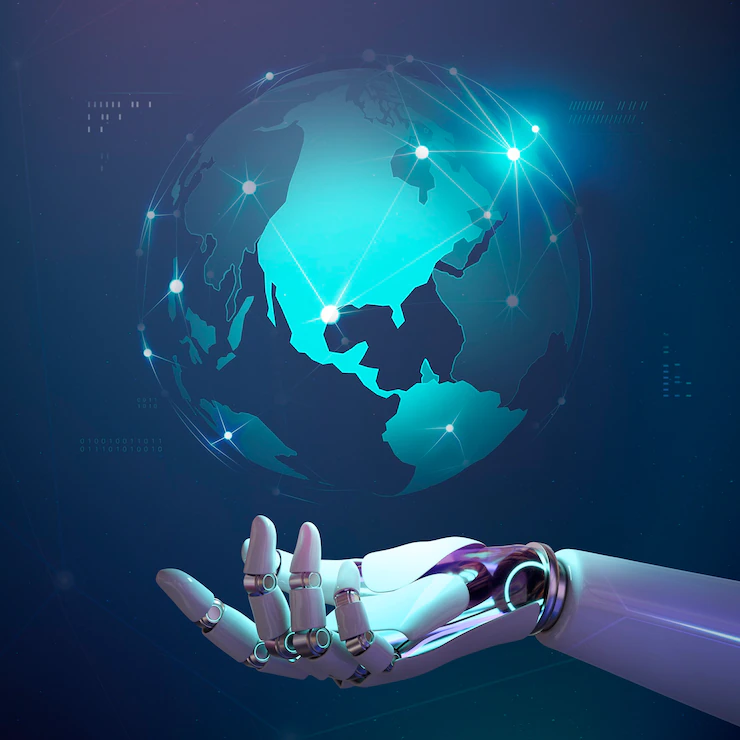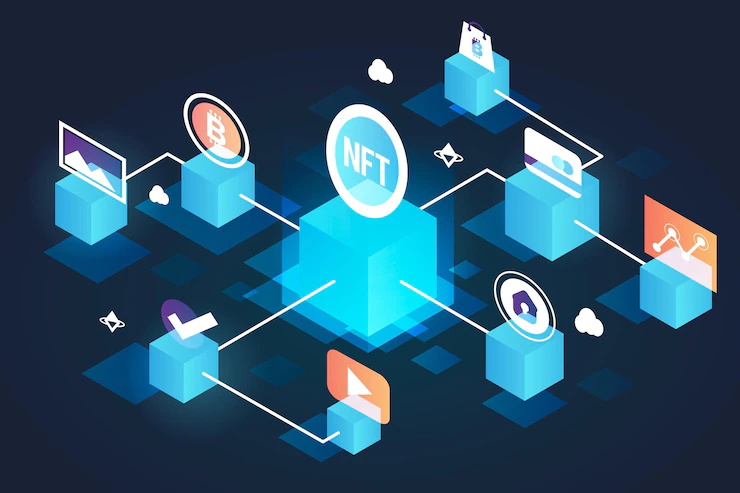The rise of Artificial Intelligence (AI) has brought about many advancements in technology, including the development of AI-powered virtual assistants. Virtual assistants are software programs designed to mimic human interactions and provide various services such as scheduling, customer service, and even personal assistance. With the increasing use of AI in virtual assistants, they are becoming more sophisticated and able to handle more complex tasks. In this blog post, we will explore the rise of AI-powered virtual assistants and their impact on the way we interact with technology.
What are AI-powered Virtual Assistants?
AI-powered virtual assistants are software programs that use natural language processing (NLP) and machine learning (ML) to understand and respond to human interactions. They are designed to mimic human interactions and provide various services such as scheduling, customer service, and even personal assistance. The most common examples of AI-powered virtual assistants include Apple’s Siri, Amazon’s Alexa, and Google Assistant.
How do AI-powered Virtual Assistants work?
AI-powered virtual assistants work by using natural language processing (NLP) and machine learning (ML) to understand and respond to human interactions. NLP is used to understand the intent behind the user’s request and to extract relevant information. This involves analyzing the user’s input, breaking it down into smaller parts, and identifying the key words and phrases that indicate the user’s intent. The virtual assistant then uses this information to generate an appropriate response.
ML is used to improve the virtual assistant’s ability to understand and respond to the user’s request over time. The virtual assistant uses the data it collects from user interactions to learn and adapt to the user’s preferences and behavior. For example, if a user frequently asks for the weather forecast, the virtual assistant will learn to recognize this request and respond more quickly and accurately in the future.
Additionally, AI-powered virtual assistants rely on a knowledge base, which is a collection of information that the virtual assistant can access to provide an answer. This knowledge base is usually pre-programmed, but also can be continuously updated with real-time data. For example, if a user asks for the weather forecast, the virtual assistant will use real-time data to provide the current weather conditions.
Moreover, some AI-powered virtual assistants use a combination of rule-based and machine learning-based approaches, where the virtual assistant uses a set of pre-defined rules to identify the user’s intent and respond to the user’s request. These pre-defined rules are developed by experts in the field and are tailored to the specific domain of the virtual assistant.
Overall, the combination of NLP, ML, and knowledge base allows AI-powered virtual assistants to understand and respond to human interactions in a natural and conversational way, providing a more user-friendly experience.
Impact of AI-powered Virtual Assistants
AI-powered virtual assistants are changing the way we interact with technology. They are making it easier for people to access information and complete tasks without the need for a human intermediary. This is particularly useful for people with disabilities or for those who have difficulty using traditional interfaces such as a keyboard or mouse.
Moreover, AI-powered virtual assistants are also changing the way businesses interact with their customers. They are making it easier for businesses to provide 24/7 customer service and to handle a large volume of customer inquiries. This can lead to increased customer satisfaction and reduced costs for businesses.
Another impact of AI-powered virtual assistants is the increasing use of voice-based interfaces. Traditional interfaces such as a keyboard or mouse can be difficult for some people to use, especially for those with disabilities. Voice-based interfaces make it easier for people to interact with technology, and this is particularly beneficial for older adults or for people with mobility or cognitive impairments.
AI-powered virtual assistants are also being integrated into a wide range of devices, from smartphones and home assistants to cars and smart appliances. This is making it easier for people to control and manage their devices, and to access information and services.
Challenges and Limitations
Despite their many benefits, AI-powered virtual assistants still face a number of challenges and limitations. One of the main challenges is understanding the user’s intent, especially when the user’s request is ambiguous or contextually complex. This can lead to misunderstandings and incorrect responses, which can negatively impact the user’s experience.
Additionally, natural language processing (NLP) algorithms used by virtual assistants are still not perfect, and are not able to understand all accents, dialects, or languages. This means that virtual assistants might not be able to understand or respond to certain users, which can be a barrier for some people.
Privacy and security are major concerns when it comes to AI-powered virtual assistants. The data collected by virtual assistants can be used to build detailed profiles of the users, which can be vulnerable to breaches. Additionally, virtual assistants are often connected to other devices and services, which increases the risk of cyber-attacks. Furthermore, virtual assistants are also subject to regulations, such as the General Data Protection Regulation (GDPR) in Europe, and companies must be in compliance with these regulations to avoid fines and penalties.
Conclusion
In conclusion, the rise of AI-powered virtual assistants is changing the way we interact with technology. They are making it easier for people to access information and complete tasks, and are changing the way businesses interact with their customers. However, there are still challenges and limitations to overcome, such as understanding user intent and ensuring privacy and security. As the technology continues to evolve, it will be important to address these challenges and to ensure that the benefits of AI-powered virtual assistants are available to all.




